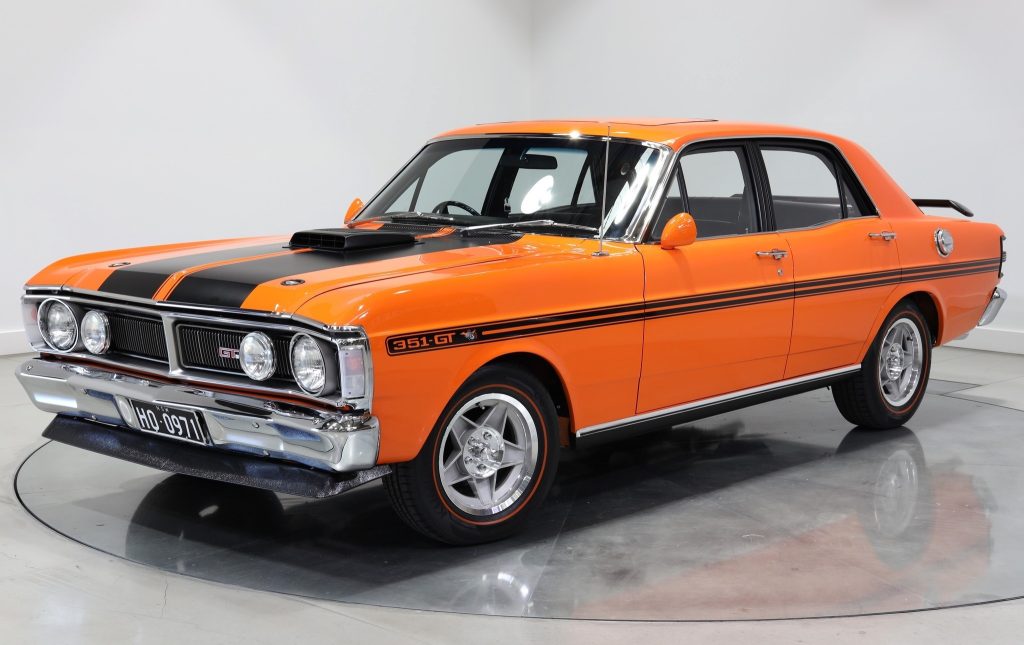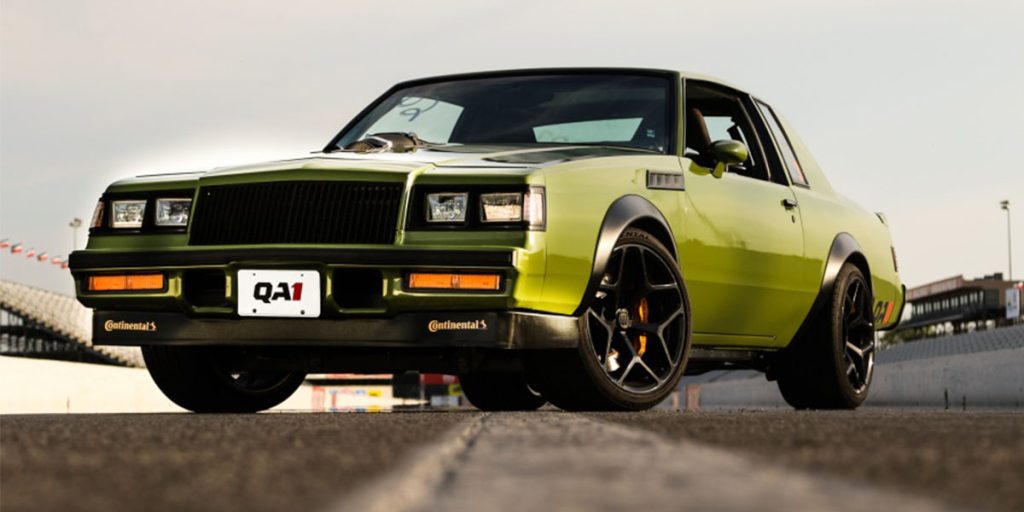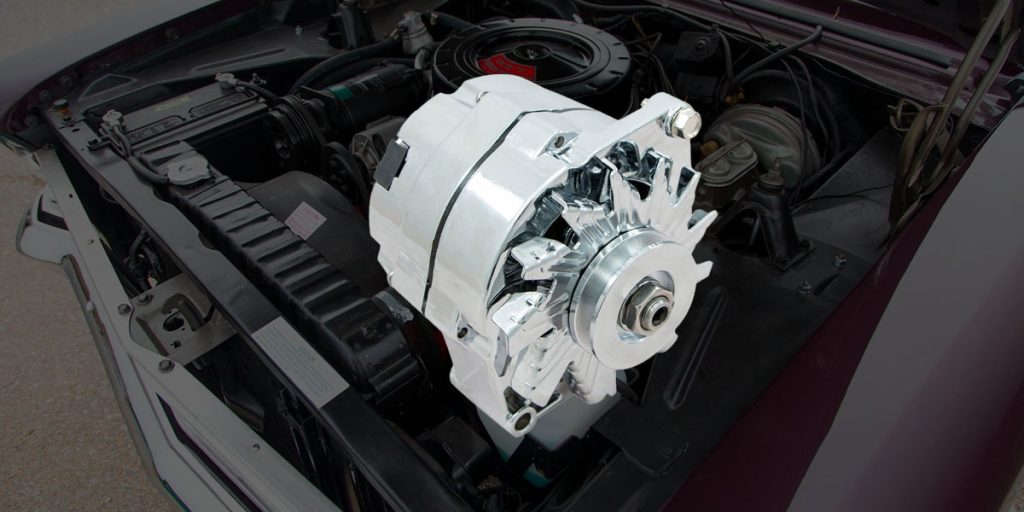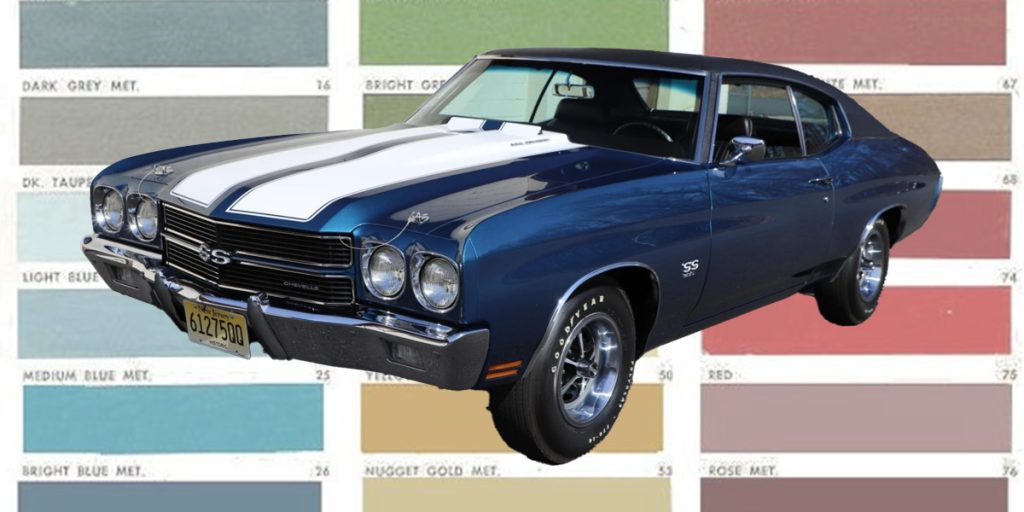American muscle car’s didn’t just change the automotive landscape in America, it changed the global automotive industry forever. Born from a perfect storm of post-war prosperity, cheap gas, and a booming car culture, these machines became more than just transportation, they were and are cultural icons. But their legacy wasn’t confined to American highways. From Australia to Europe, Japan to South America, the muscle car movement sent shockwaves through global automotive design and manufacturing that can still be felt today.
The Muscle Car Era: A Brief Overview
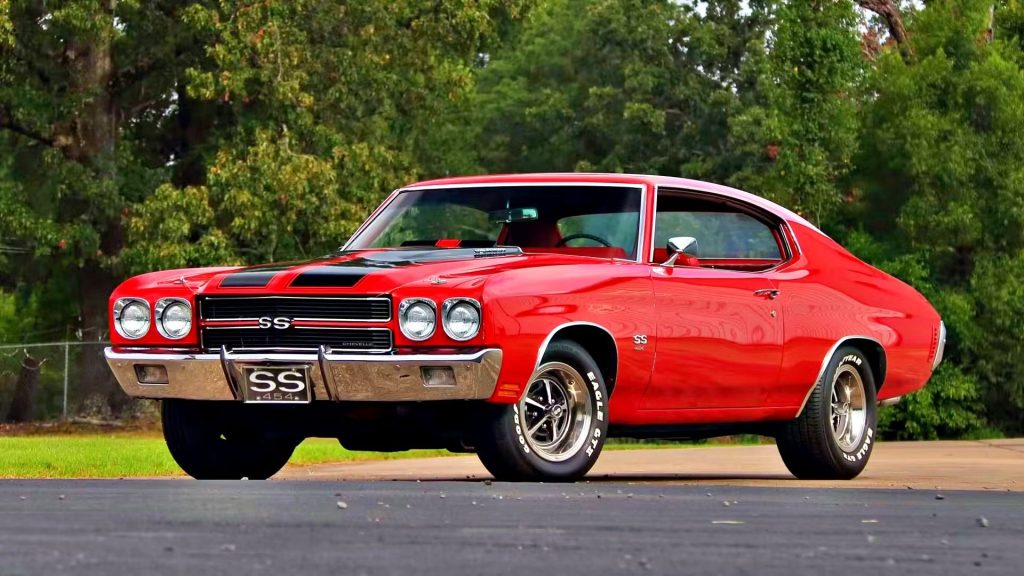
The muscle car era is often defined by a simple formula: take a midsize, relatively lightweight car and drop a big, powerful V8 into it. Detroit brands like Ford, Chevrolet, Pontiac, Dodge, and Plymouth engaged in a horsepower war that led to some of the most legendary cars ever built — the 1964 Pontiac GTO, 1967 Chevy Camaro, 1970 Dodge Challenger, and the 1971 Mustang Mach 1, to name a few.
These cars were aggressive, loud, affordable, and most importantly, accessible to the average young buyer. That accessibility, paired with their visceral driving experience and racing pedigree, made them hugely popular at home and incredibly desirable abroad.
Influencing the World Stage
Australia: The Muscle Car Rivalry Down Under
Nowhere outside the U.S. was the muscle car formula more directly adopted than in Australia. Ford and General Motors’ subsidiaries, Ford Australia and Holden, were paying close attention to American trends. In response to America’s muscle movement, Ford Australia launched the Falcon GT, culminating in the legendary 1971 XY Falcon GT-HO Phase III, which at the time was the world’s fastest four-door production car.
Holden’s answer was the Monaro, introduced in 1968 with styling clearly inspired by American coupes. With bold lines, long hoods, and rear-wheel drive V8 power, these cars were home-grown Aussie muscle but they owed much of their DNA to Detroit.
Europe: A Mix of Admiration and Adaptation
Europe’s auto industry has long focused on smaller, nimble vehicles, but American muscle cars caught the attention of both designers and enthusiasts. While manufacturers didn’t start stuffing 7-liter V8s into their sedans, they borrowed elements of muscle car styling.
In the late ’60s and early ’70s, cars like the Opel GT (built by GM’s European division) clearly mimicked the long-hood, short-deck proportions of American sports and muscle cars. The Ford Capri, produced in the UK and Germany, was marketed as the “European Mustang,” aimed at younger buyers with sporty styling, even if the engines were more modest.
Muscle car influence also extended to motorsport. American Trans-Am racing inspired Europe’s touring car series, and specials like the BMW 3.0 CSL carried some of that raw performance appeal into European showrooms.
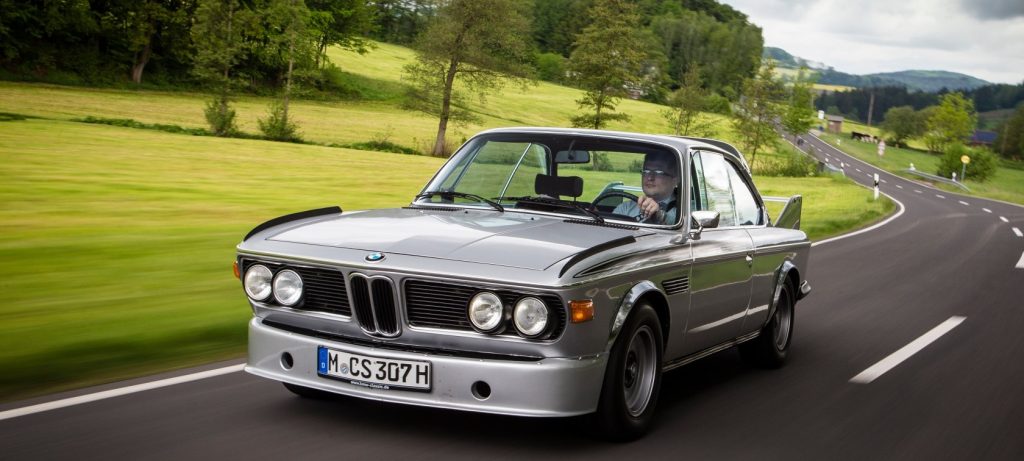
Japan: Learning the Formula
Japan’s automotive rise in the 1960s and 1970s focused heavily on economy, reliability, and efficient design. Yet, Japanese automakers were far from immune to the muscle car phenomenon.
The Nissan Fairlady Z (Datsun 240Z), launched in 1969, was Japan’s response to the Mustang and Camaro. It featured long-hood styling, rear-wheel drive, and athletic handling — the muscle car recipe refined through a Japanese lens. Toyota’s Celica, introduced in 1970, also followed the same path: sporty design, coupe layout, and performance-oriented variants like the Celica GT.
While Japan didn’t build classic muscle cars in the American sense, it embraced the emotional appeal of those cars and began blending performance and style in ways that would eventually dominate the global market by the 1980s and 1990s.
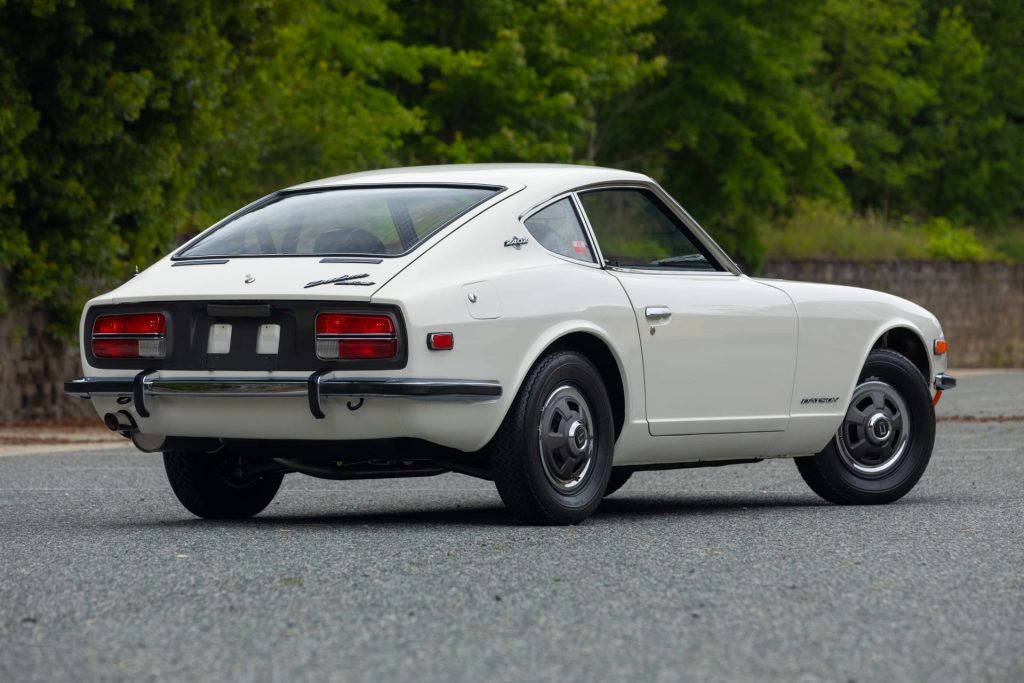
South America and Beyond: Muscle Repackaged
In countries like Brazil and Argentina, American muscle cars were either directly imported or assembled under license. Chevrolet offered the Opala, a mid-size car with American underpinnings and Brazilian adaptations. Ford, meanwhile, brought the Maverick to Brazil, where it received local engine options and became a cult favorite.
Even countries with limited automotive output took note. Styling cues such as bulging fenders, hood scoops, and aggressive grilles began to show up on all kinds of vehicles, from family sedans to off-brand coupes, even if the performance didn’t always match the look.
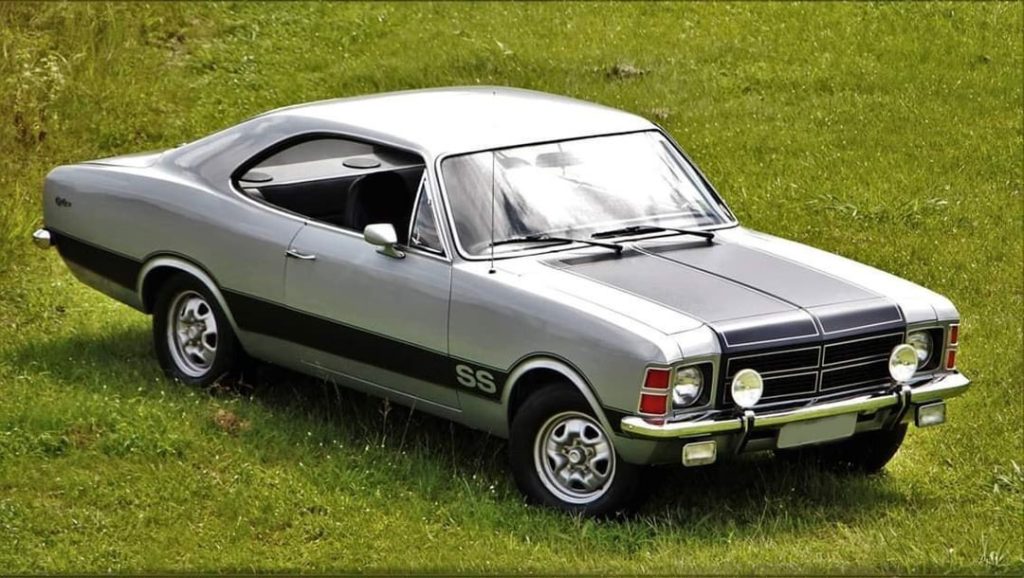
The Design Language That Traveled
Muscle cars introduced a bold design language that resonated around the world:
-
Long hoods and short rear decks became synonymous with power and speed
-
Coke-bottle styling curves influenced car shapes from Italy to Japan
-
Hood scoops, racing stripes, and wide tires became universal indicators of performance
-
V8 rumble and rear-wheel-drive dynamics inspired new generations of performance cars
Even as American muscle faded in the mid-1970s due to emissions regulations and rising fuel prices, its design impact lingered globally.
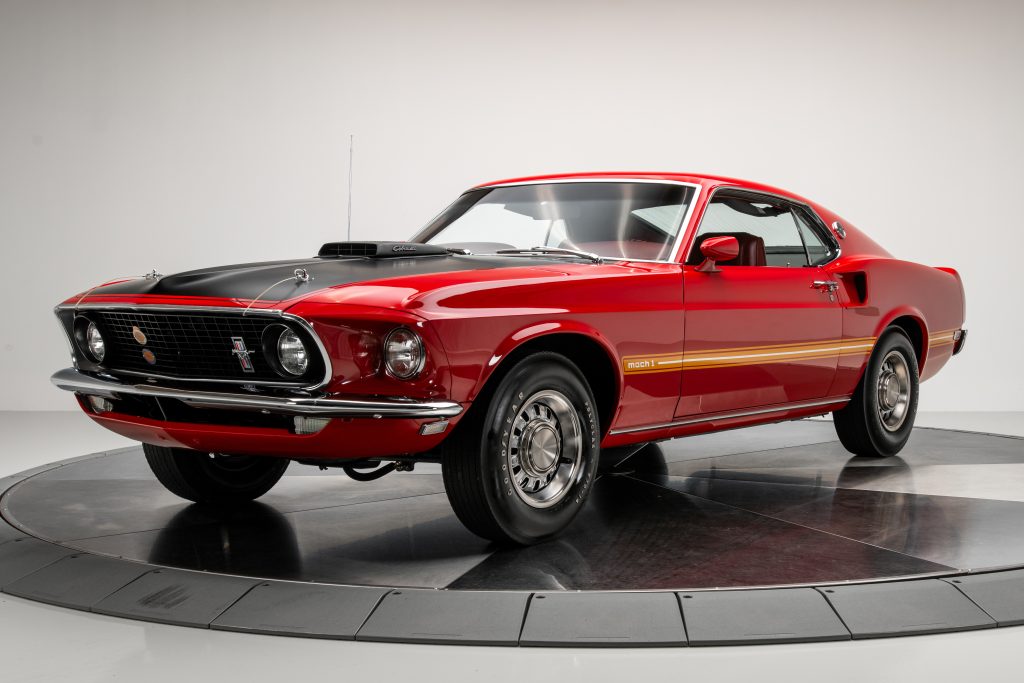
A Legacy That Still Roars
Today, the muscle car’s global legacy is alive and well. Modern performance cars — from BMW M-cars to Australian HSVs, to Japanese NISMO and TRD models — all pay homage in some way to the spirit of muscle: attainable power, driver-focused fun, and emotional design.
And ironically, as the world shifted toward efficiency, America looked back to its muscle roots. The return of the Dodge Challenger, the resurrection of the Camaro, and the constant evolution of the Mustang prove that muscle cars never died — they just went global, got refined, and came back stronger.
The muscle car era of the 1960s and 1970s was more than a golden age of American horsepower, it was a defining moment in automotive history that reverberated worldwide. These machines influenced how cars looked, how they were marketed, and how performance was defined across continents. Whether it was the roar of a 396 Chevelle SS in Texas or the high-rev scream of a Datsun 240Z in Tokyo, the DNA of American muscle found a home around the world.
When you need parts to bring your 60’s and 70’s GM muscle car back to it’s former glory, hop on SS396.com or give our friendly techs a call at (203) 235-1200!

